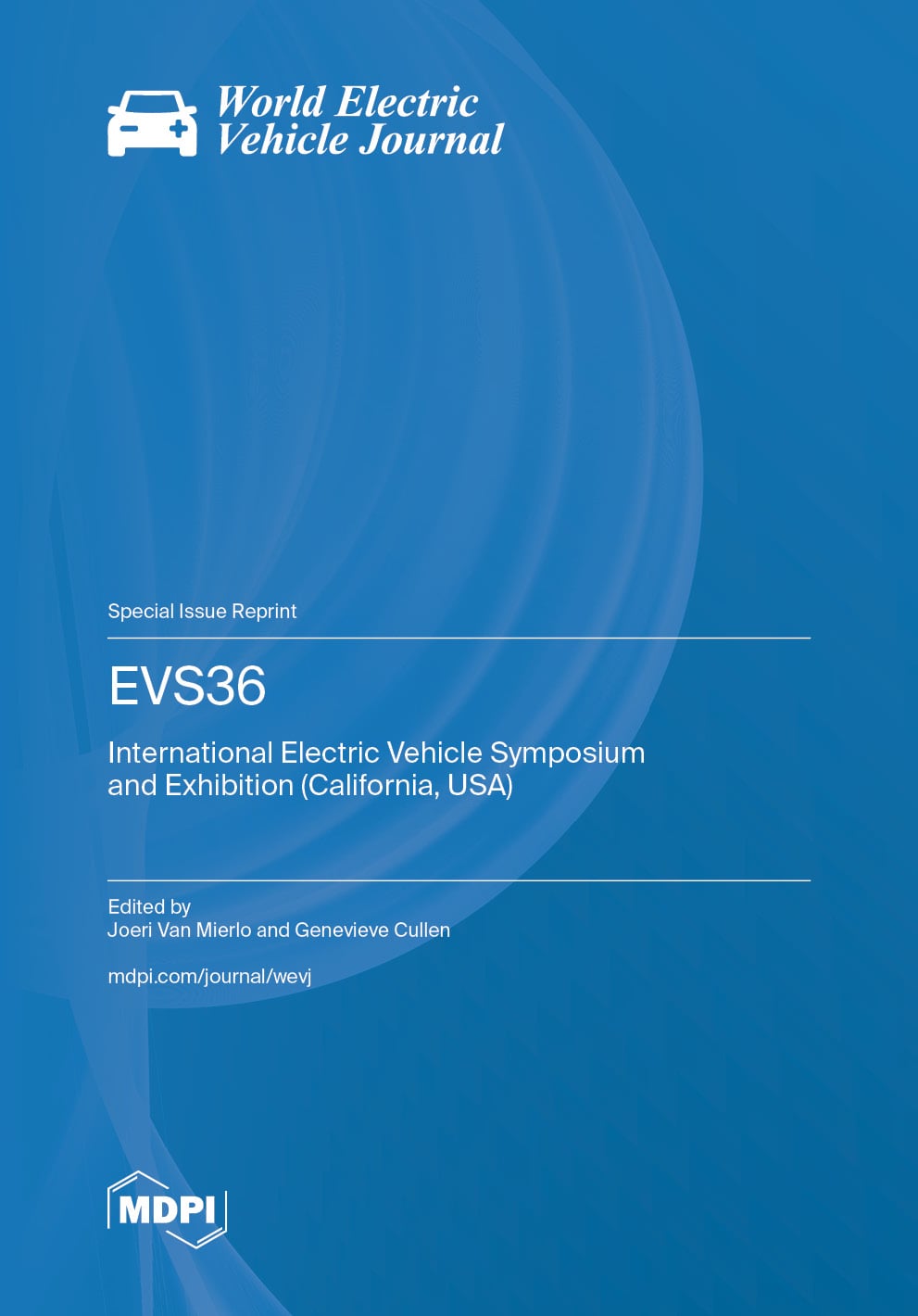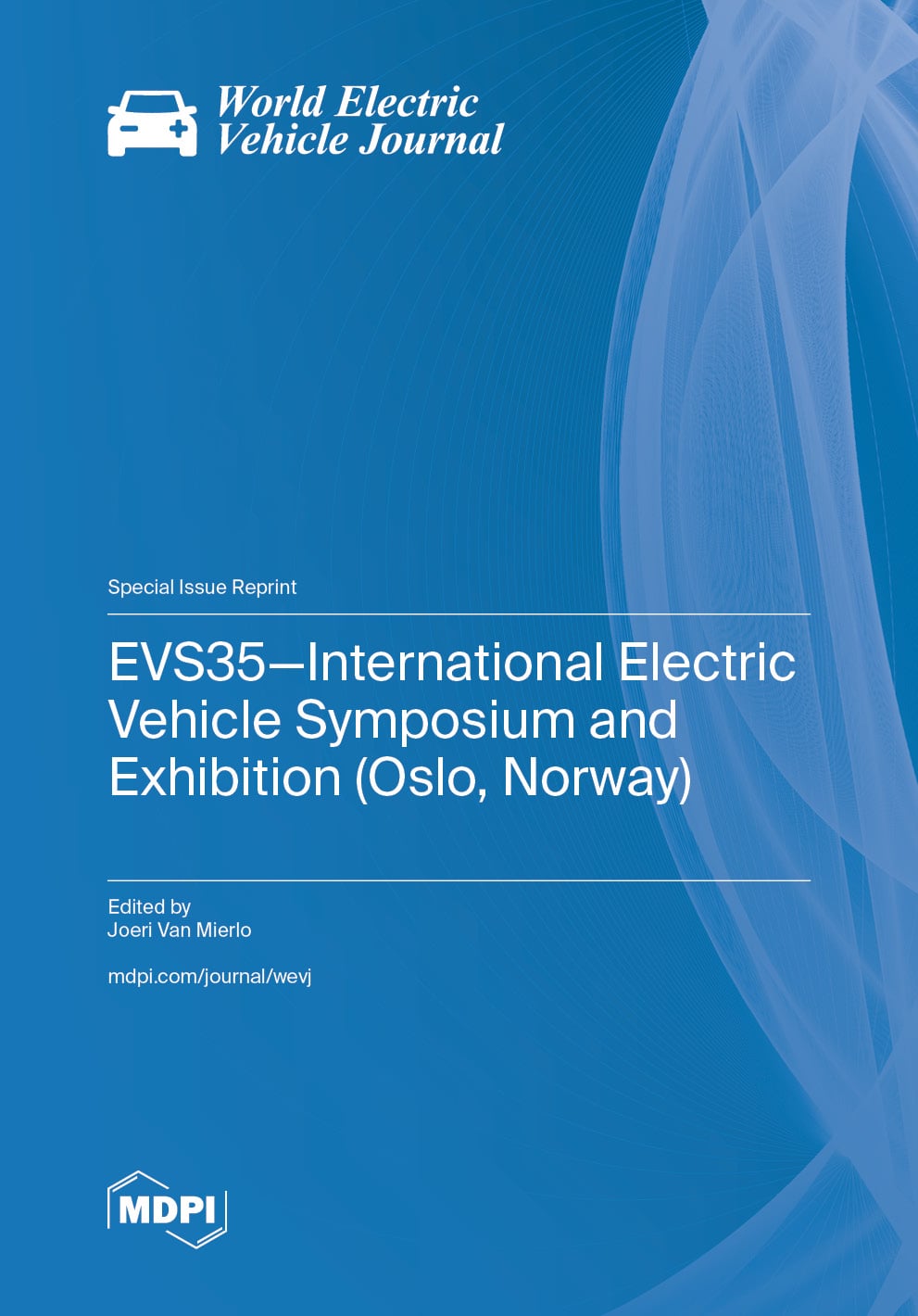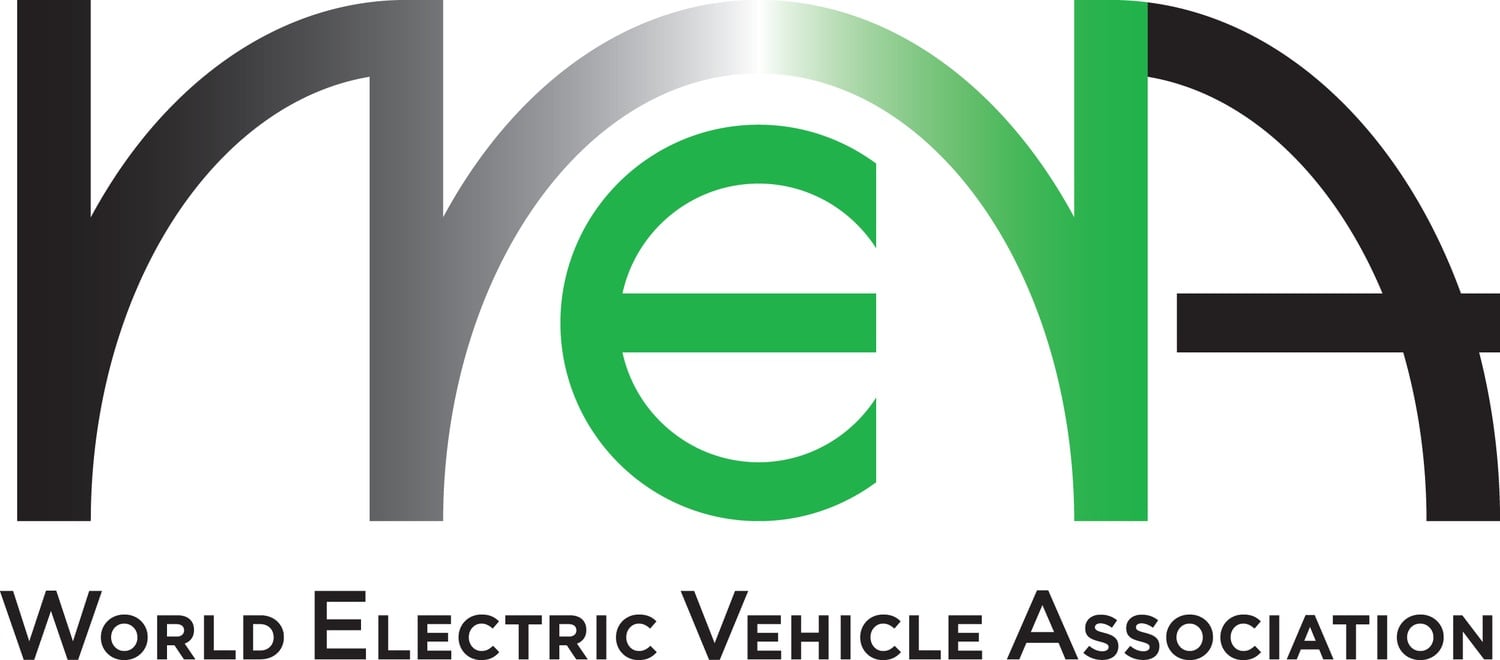- 2.6Impact Factor
- 5.0CiteScore
- 18 daysTime to First Decision
World Electric Vehicle Journal
World Electric Vehicle Journal (WEVJ) is the first international, peer-reviewed, open access journal that comprehensively covers all studies related to battery, hybrid, and fuel cell electric vehicles, published monthly online.
It is the official journal of the World Electric Vehicle Association (WEVA) and its members, the E-Mobility Europe, Electric Drive Transportation Association (EDTA), and Electric Vehicle Association of Asia Pacific (EVAAP).
Quartile Ranking JCR - Q2 (Engineering, Electrical and Electronic | Transportation Science and Technology)
All Articles
News & Conferences
Issues
Open for Submission
Editor's Choice
Reprints of Collections

Reprint
EVS36—International Electric Vehicle Symposium and Exhibition (California, USA)
Editors: Joeri VAN Mierlo, Genevieve Cullen

Reprint
EVS35—International Electric Vehicle Symposium and Exhibition (Oslo, Norway)
Editors: Joeri VAN Mierlo


